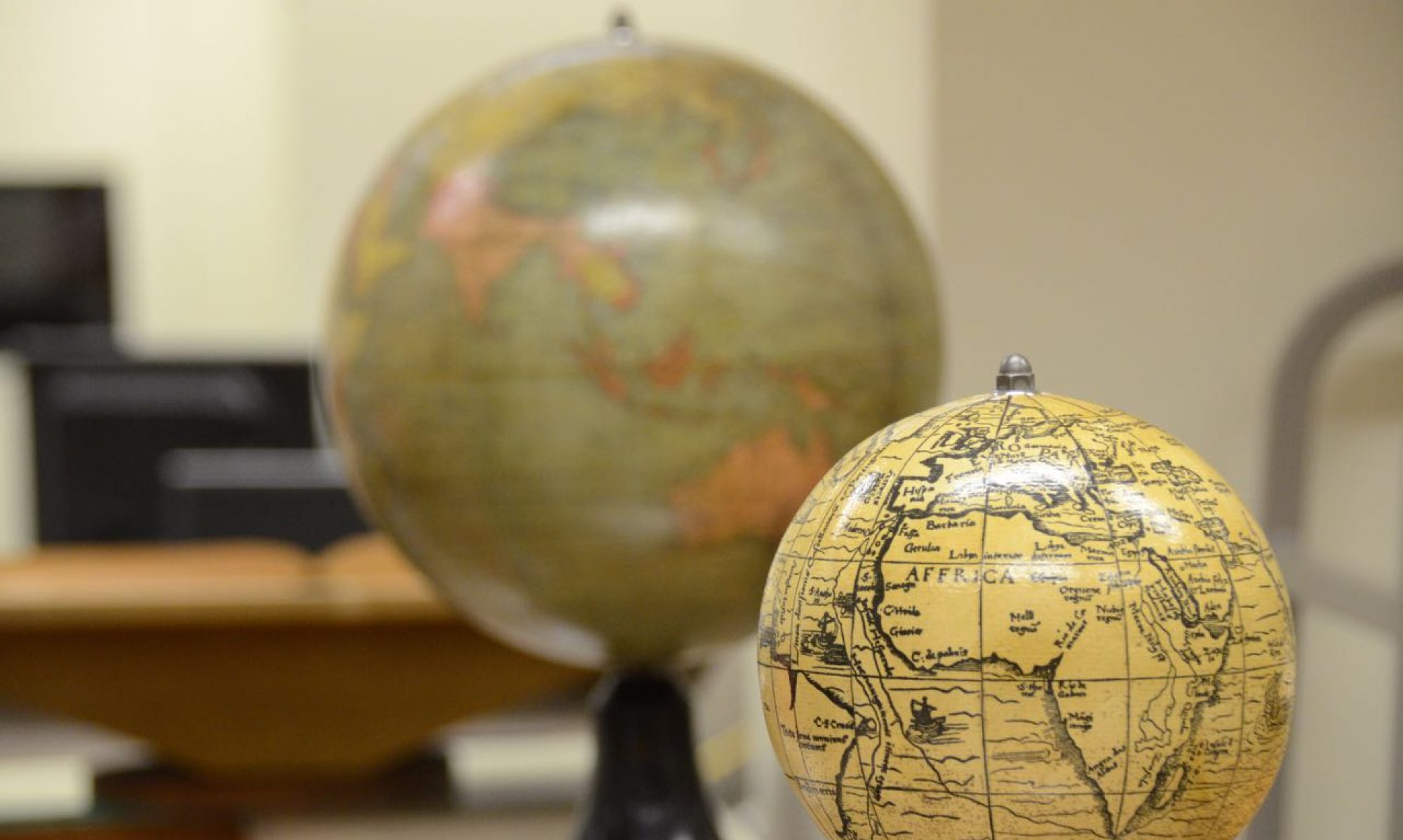
Students sing Zog Nit Keynmol for me:
Pre-Internet Viral: Songs of the Vilna Ghetto – Lithuanian Jewish Community

by Geoff Vasil
Source: www.lzb.lt/en/2017/05/31/pre-internet-viral-songs-of-the-vilna-ghetto/
The Bar & Batmitzvah Ceremonies:
The Choral Synagogue:
The Community Centre:
Report by Geoff Vasil with my images
Annual ORT Sholem Aleichem Gymnasium Bar/Bat Mitzvah Ceremony – Lithuanian Jewish Community

Source: www.lzb.lt/en/2017/05/31/annual-ort-sholem-aleichem-gymnasium-barbat-mitzvah-ceremony/
Vilniaus Šolomo Aleichemo ORT gimnazija
„Paskutinė mano valia skirta įpėdiniams: tarpusavyje gyventi draugiškai, nekaupti savyje priešiškumo, palaikyti vieniems kitus sunkiu laiku, prisiminti šeimą, užjausti vargšą… Vaikai, didžuokitės mano taip sunkiai užsitarnautu žydišku vardu.“

Source: www.jewishschool.lt/
World Ort Videos:
ORT Videos

We feature videos made especially for this project by schools belonging to the World ORT network. See below. To find out more about World ORT, the world’s largest Jewish education and vocati…
Source: Http://elirab.me/ort













































































































































































































































































































